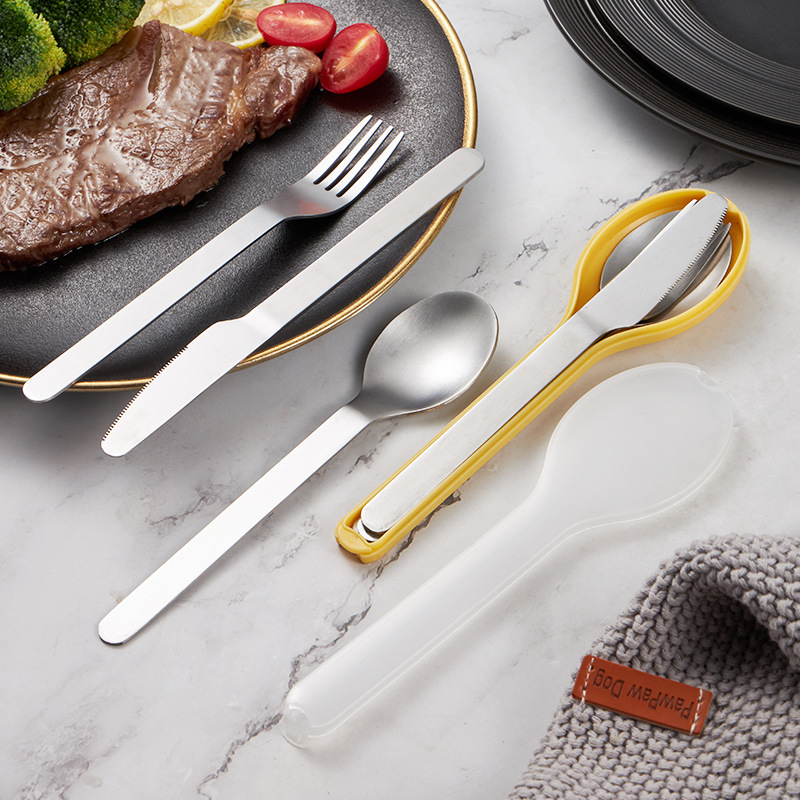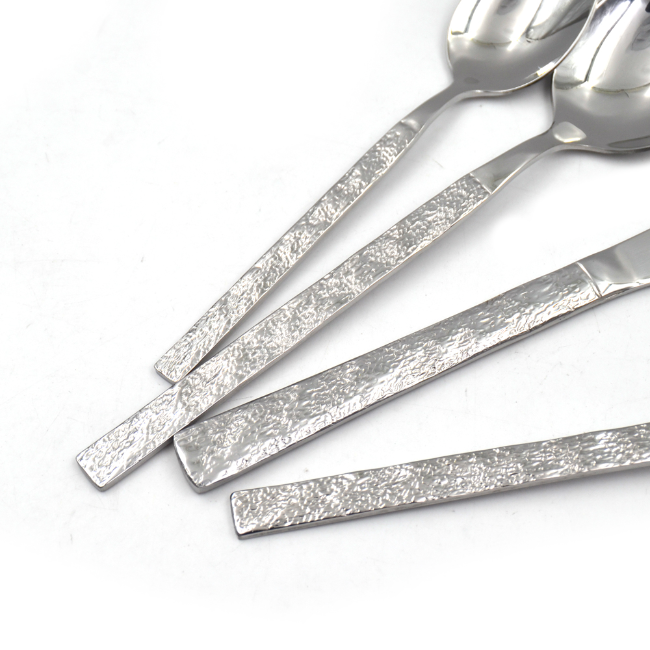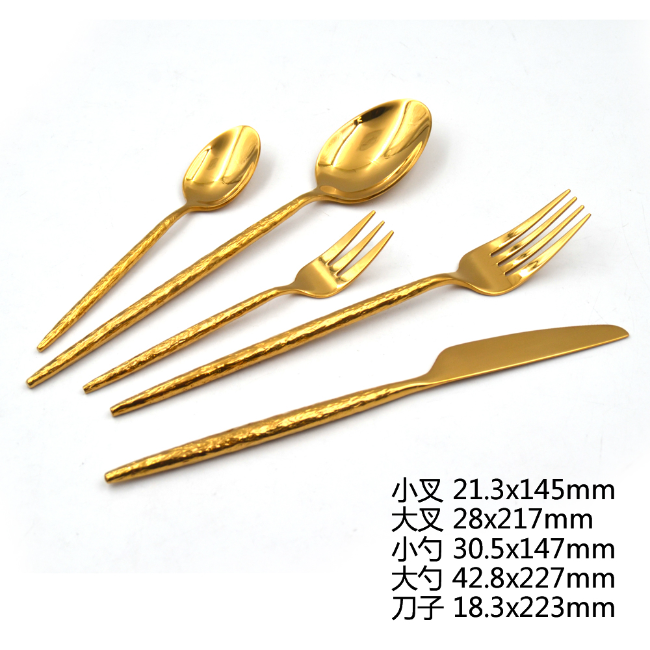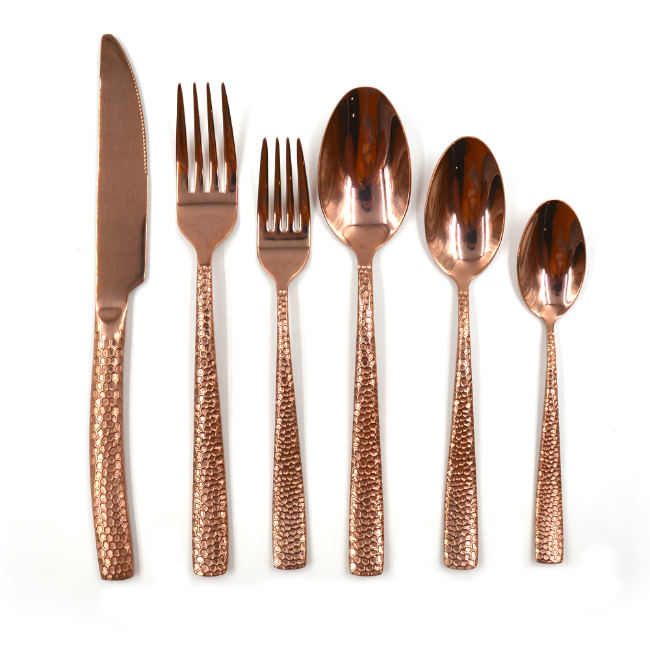
10 May
Can You Recycle Cutlery?
Can You Recycle Cutlery?Recycling is one...
Can You Recycle Cutlery?
Recycling is one of the most effective ways to reduce waste and preserve the environment. However, when it comes to recycling cutlery, there are some important considerations. Not all cutlery is created equal, and understanding how to recycle different types of flatware is crucial. In this article, we’ll explore whether you can recycle cutlery, the challenges involved, and suggest alternatives like artisan chef knives from Homefelt for a more sustainable kitchen.
What Types of Cutlery Can Be Recycled?
Cutlery comes in a variety of materials, including stainless steel, plastic, and silver. Each type of cutlery has its own recycling rules, and not all are recyclable in the same way. Let’s break down the recycling potential for different types of cutlery:
Stainless Steel Cutlery: Stainless steel, which is commonly used in high-quality kitchen utensils like Zwilling knives and artisan chef knives, is highly recyclable. Most recycling programs accept stainless steel, and it can be melted down and reused to create new products.
Plastic Cutlery: As discussed earlier, plastic cutlery (especially disposable types like black plastic) is challenging to recycle due to contamination and the material used. Most curbside recycling programs don’t accept plastic cutlery, but some specialized centers may.
Silver Cutlery: While silverware can technically be recycled, it’s often more expensive to do so compared to other metals. However, some jewelers and metal refiners will take old silver cutlery and repurpose it into new pieces.
Wooden Cutlery: Wooden cutlery is biodegradable, meaning it’s not ideal for recycling but can decompose in a landfill or compost heap.
Recycling Cutlery: How Does It Work?
Recycling cutlery involves sorting by material and cleaning. In general:
Stainless Steel: Stainless steel can be melted down and reformed into new items. It’s an excellent material for recycling because of its longevity and the fact that it doesn’t lose its quality after being recycled.
Plastic: Most recycling facilities can’t handle plastic cutlery, especially if it’s mixed with other types of plastic. It’s important to check with your local recycling facility to see if they accept it.
Cleaning the Cutlery: Before recycling, it’s essential to clean the cutlery to remove food remnants, which can contaminate the recycling process.
Eco-Friendly Alternatives to Disposable Cutlery
If you want to make more eco-friendly choices in your kitchen, consider replacing disposable cutlery with sustainable alternatives:
Homefelt Stainless Steel Cutlery Sets: A 20 piece cutlery set from Homefelt is a durable and eco-friendly alternative that can be reused for many years, reducing the need for disposable cutlery.
Zwilling Knives: High-quality knives from Zwilling Ja Henckels are designed to last, making them a sustainable choice for your kitchen. Investing in long-lasting kitchen tools reduces waste over time.
Cangshan Knives: Another fantastic alternative is Cangshan knives, known for their precision and durability. These knives will last for years, making them a sustainable option in the kitchen.
Conclusion
Recycling cutlery depends on the material, and while some types, like stainless steel, can easily be recycled, others like plastic may require more effort or may not be recyclable at all. By choosing durable alternatives like Homefelt cutlery or Zwilling knives, you can make a more sustainable choice in your kitchen while reducing your environmental impact.





